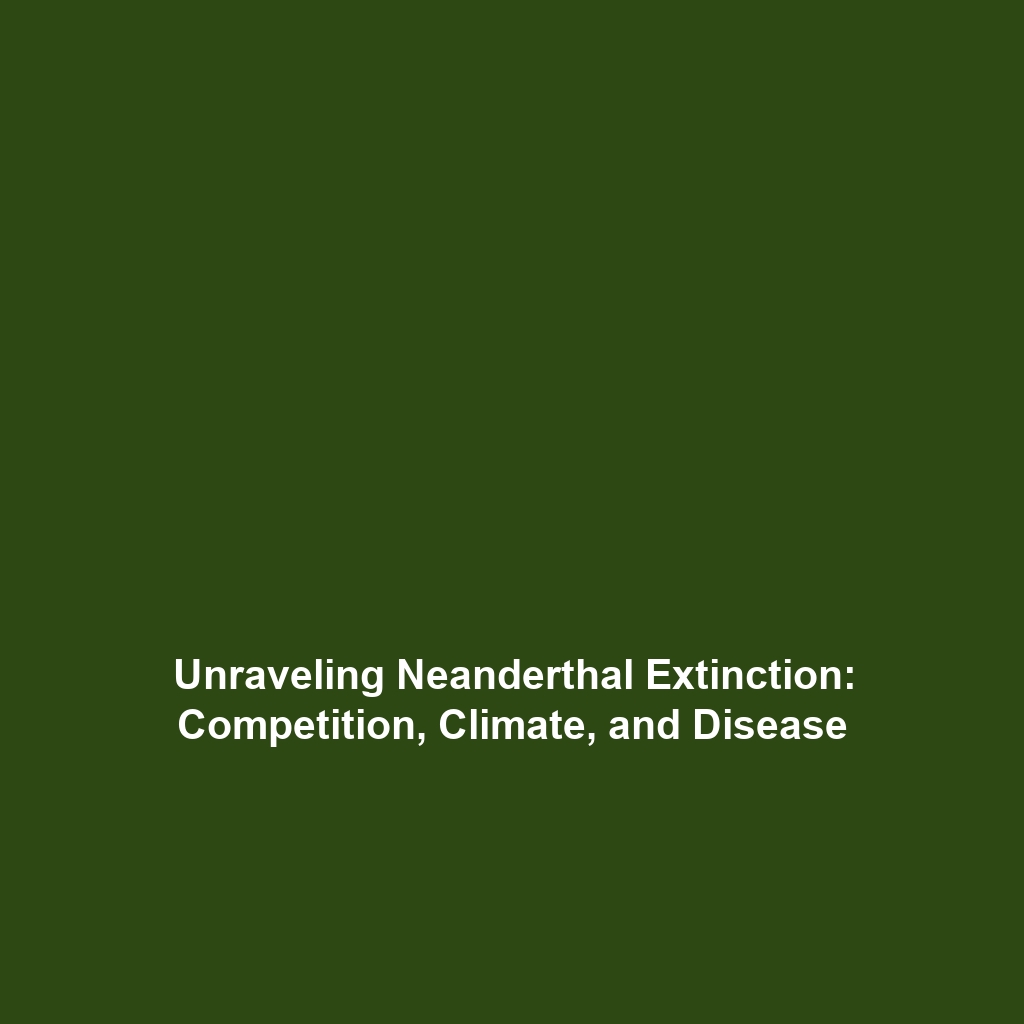Innovations: Development of Clothing, Shelters, and Long-Distance Trade Networks
Introduction
As humans evolved, so did their capacity for innovation, leading to remarkable advancements in clothing, shelters, and trade networks. These innovations not only provided essential tools for survival but also served as crucial markers of cultural and societal progress. Understanding how the development of clothing protected early humans from environmental extremes, the construction of shelters provided safety, and the establishment of long-distance trade networks fostered economic interactions sheds light on key aspects of Human Evolution. This article explores these vital innovations and how they catalyzed a shift in human societal structures.
Key Concepts
Clothing as Protection and Identity
The creation of clothing was a significant milestone in human history. Early humans began by using animal hides, eventually leading to fabric development. The evolution of clothing brought advantages such as:
- Protection from harsh climates.
- Expression of cultural identity.
- Social status indicators.
Development of Shelters
Housing played a crucial role in establishing permanent settlements, vital for community development. Key aspects include:
- Safety from predators and environmental hazards.
- Ability to store food and resources.
- Facilitation of social gatherings and communal activities.
Long-Distance Trade Networks
The establishment of trade networks marked a transformative period in human evolution, promoting:
- Exchange of goods and resources across vast distances.
- Cultural interactions among different human groups.
- Increased economic interdependence.
Applications and Real-World Uses
In today’s society, the applications of clothing, shelters, and long-distance trade networks remain pivotal in various contexts, such as:
- Fashion Industry: How clothing reflects cultural heritage and social trends.
- Architecture: Innovations in sustainable building methods that honor traditional shelter construction.
- Global Trade: Understanding how historical trade routes inform modern economics and cultural exchanges.
Current Challenges
Despite their importance, studying these innovations presents specific challenges:
- Difficulty in reconstructing ancient lifestyles and environments.
- Preservation of archaeological evidence in urban development.
- Misinterpretation of cultural artifacts.
Future Research and Innovations
The future of human evolution in the context of these innovations is promising, with ongoing research focusing on:
- Technological advancements in sustainable clothing production.
- Smart materials in shelter design that adapt to environmental conditions.
- The impact of digital trade networks on socio-economic development.
Conclusion
The innovations in clothing, shelters, and long-distance trade networks represent foundational elements of human evolution. Understanding their development and application offers insights into how these factors shaped societal structures and interactions. To learn more about the intricate tapestry of human evolution, explore our related articles on ancient societies and cultural innovations.

